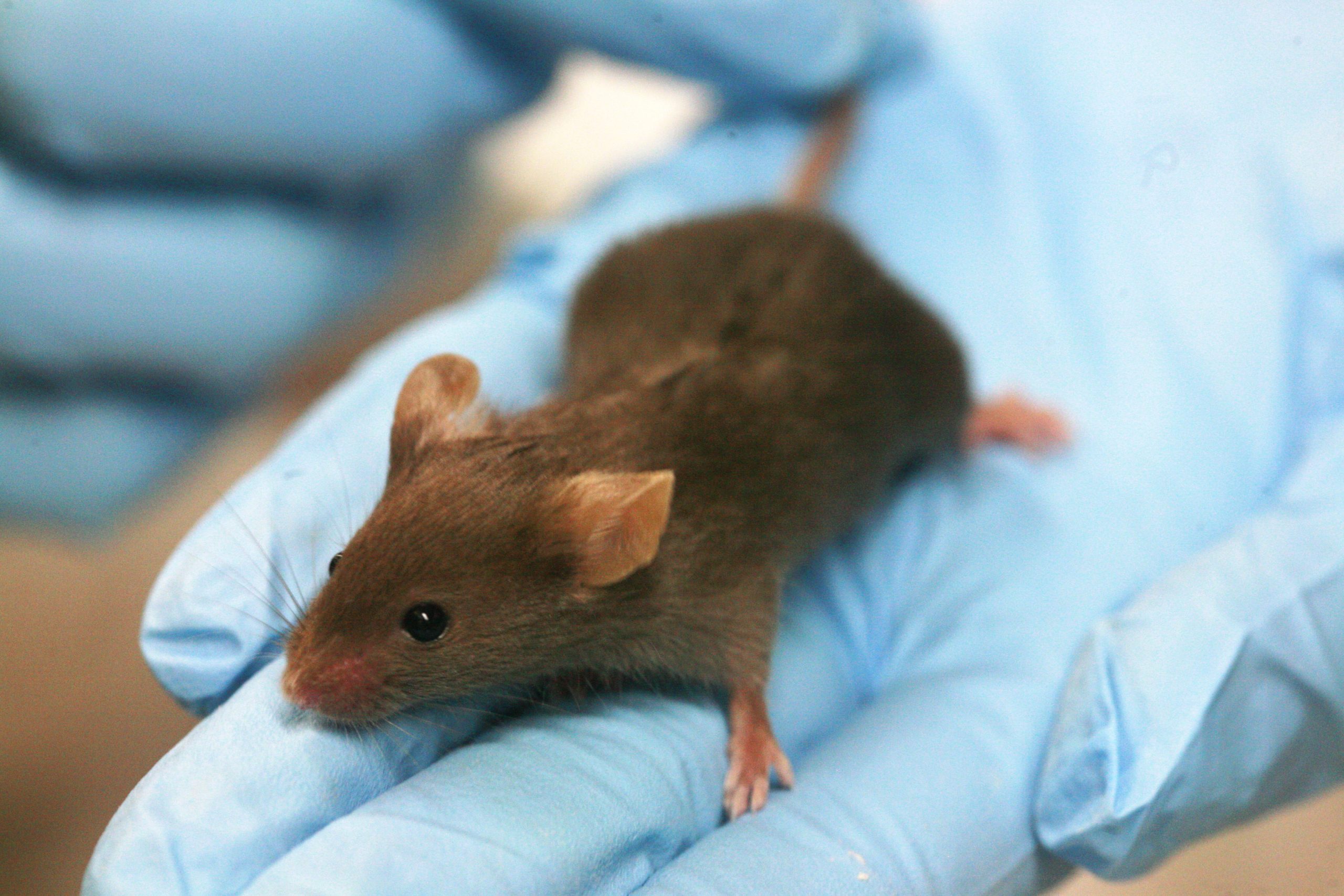
Lauren Dempsey, MS in Biomedicine and Law, RN, FISM News
[elfsight_social_share_buttons id=”1″]
Boston University researchers have come under fire this week after a new study — which was partly funded by the National Institutes of Health (NIH) National Institute of Allergy and Infectious Diseases (NIAID) — detailed how the team of scientists modified the original SARS-CoV-2 and Omicron viruses, creating a hybrid virus with an 80% mortality rate in mice.
Some experts are warning that this viral manipulation is dangerous and are criticizing the university for what they consider to be gain of function research. Gain of function research has been largely restricted in the United States since 2017, but Dr. Anthony Fauci has consistently denied funding this type of research, despite extensive evidence to the contrary.
Some scientists have called for the practice to be banned completely. Israeli scientist and professor Shmuel Shapira told DailyMail.com that “This should be totally forbidden, it’s playing with fire.”
The research in question, which has not yet been peer-reviewed, was conducted to better understand the role of the spike protein in the Omicron variant, which is more transmissible, but less deadly than the original strain of COVID-19. Evaluating the role of the spike protein was essential to the research because this is the part of the virus that binds to and invades cells.
The team of scientists attached the spike protein of the Omicron strain to the “backbone of the ancestral SARS-CoV-2 virus,” creating a “chimeric recombinant SARS-CoV-2” to study how harmful the variant is based on both the spike protein as well as other parts of the viral structure.
The genetically modified virus was then used to infect transgenic mice. These mice were also genetically modified to express human ACE2, the receptor used by severe acute respiratory syndrome coronavirus (SARS-CoV) to invade cells.
The researchers compared outcomes for mice that were exposed to Omicron and the hybrid strain created in the lab. They found that mice that had standard Omicron strain experienced mild symptoms and a “non-fatal infection,” whereas the group of mice exposed to the hybrid Omicron S-carrying virus experienced “severe disease with a mortality rate of 80 percent.”
Dr. Richard Ebright, a chemist at Rutgers University also told the DailyMail.com, “The research is a clear example of gain of function research,” adding that “If we are to avoid a next lab-generated pandemic, it is imperative that oversight of enhanced potential pandemic pathogen research be strengthened.”
However, Boston University denies this accusation, calling online reports “false and inaccurate” and saying in a statement that “this research is not gain-of-function research, meaning it did not amplify the Washington state SARS-COV-2 virus strain or make it more dangerous,’ adding that researchers actually “made the virus replicate less dangerous.”
Ronald Corley, National Emerging Infectious Diseases Laboratories (NEIDL) director and BU Chobanian & Avedisian School of Medicine chair of microbiology, said that news outlets have “sensationalized the message, they misrepresent the study and its goals in its entirety.”
Reports failed to mention that while the virus created by BU does have an 80% mortality rate in mice, that still killed 20% fewer mice than the original strain of COVID-19, which killed 100% of mice in animal models.
The team of scientists believes that the study results show that the spike protein is responsible for how infectious the virus is, but that other structural changes to the virus determine how deadly it can be. They also acknowledge that further research should be done to identify how mutations affect viral transmissibility, but they are hopeful that their research will be useful in “targeting the conserved and structurally constrained regions of spike involved in ACE2 recognition for the design of broad-spectrum vaccines to control the current COVID-19 pandemic.”
